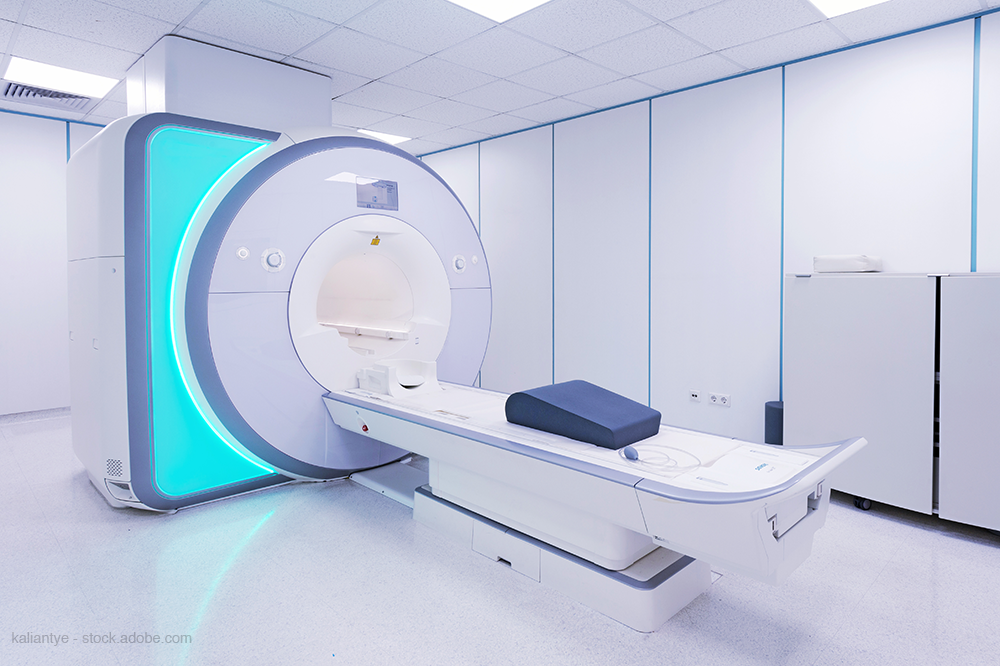3D MRI Comparable to 2D MRI
Study shows that when diagnosing knee cartilage defects, 3D and 2D MRIs performed about the same.

Three-dimensional MRI is comparable to two-dimensional MRI in the depiction and characterization of cartilage defects within the knee joint, according to a study published in the journal Radiology.
Researchers from the United States and Iran sought to determine the diagnostic performance of 3D MRI for the depiction and characterization of cartilage defects within the knee joint. This was compared to arthroscopy and/or open surgery as the standard of reference.
The researchers performed a systematic literature search for diagnostic studies published between January 1985 and October 2017. Two independent investigators assessed the methodologic quality of each study by using Quality Assessment of Diagnostic Accuracy Studies 2. The researchers compared the diagnostic odds ratio (DOR) of 3D and two-dimensional (2D) MRI for helping to detect knee cartilage defects and to assess the effect of relevant covariates on diagnostic performance of 3D MRI.
Related article: Study: In-Hospital MRIs Could Be Wasteful
Thirty-seven studies comprising 1,710 MRI examinations were included. Of those, 16 (59%) studies compared the diagnostic performance of 3D and 2D MRI. The diagnostic performance of 3D MRI statistically significantly improved over the last 3 decades. Three-dimensional MRI obtained by using 3.0-T field strength had higher DOR relative to 1.5-T or lower field strength (relative DOR, 4.05). Three-dimensional multiplanar reformation was associated with higher specificity compared with conventional axial, sagittal, and coronal 2D MRI planes. Three-dimensional fast-spin-echo sequences provided higher sensitivity and specificity than did 2D MRI.
The researchers concluded that 3D MRI provided comparable diagnostic performance to two-dimensional MRI, with improvement in diagnostic performance achieved by using 3.0-T field strength, three-dimensional fast-spin-echo sequences, and multiplanar reformation.
New MRI Research Explores Links Between Waist-to-Hip Ratio and Memory in Aging
March 13th 2025Researchers found that a higher waist-to-hip ratio in midlife was associated with higher mean diffusivity in 26 percent of total white matter tracts in the cingulum as well as the superior and inferior longitudinal fasciculus.